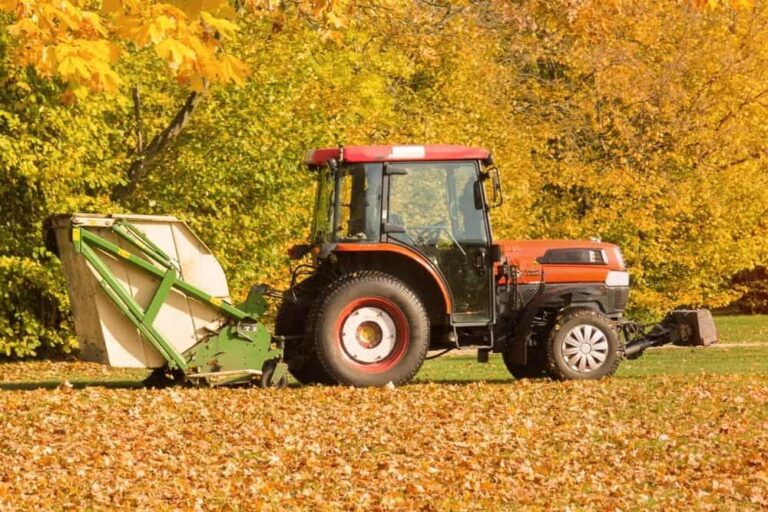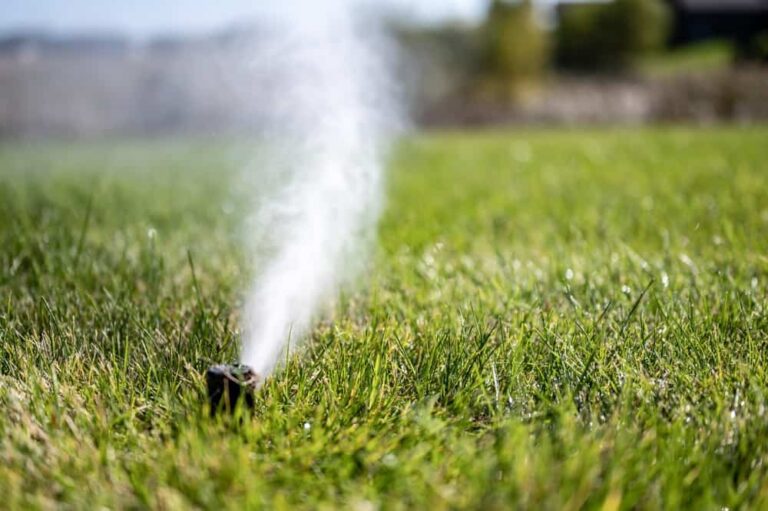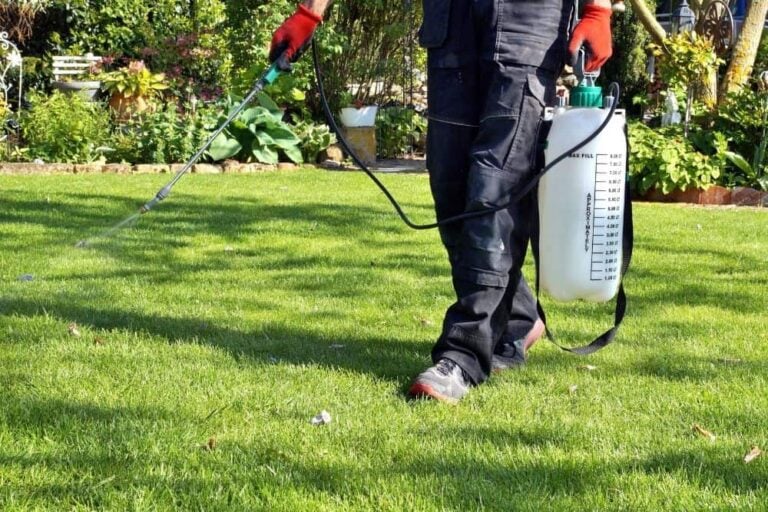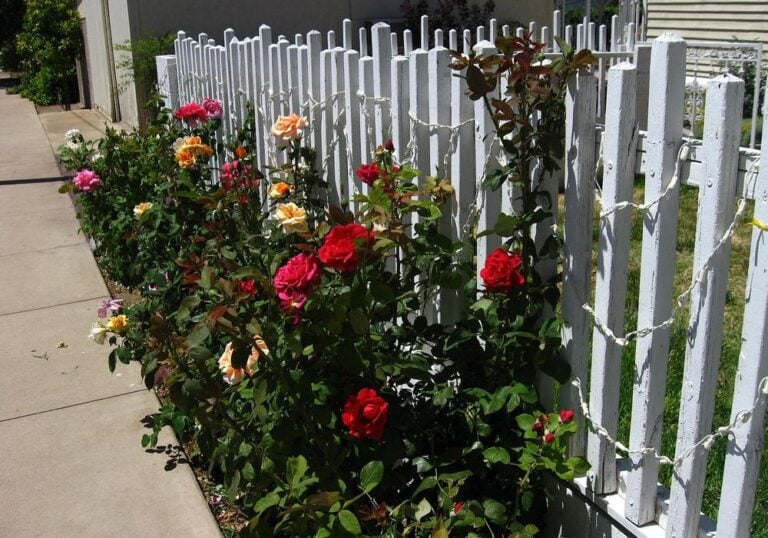Quick Reviews of the Best Ornamental Trees
Our recommendations for the best ornamental trees are the Eastern Redbud Tree and the Royal Star Magnolia Tree. We focused on trees that would make a dramatic statement for the greatest effect. That is the point of an ornamental tree, right? Maintenance and hardiness also figured in the mix. Continue reading to learn more about choosing your focal point.
Our Top Picks for the Best Ornamental Trees
[wptb id="8120" not found ]What Makes a Tree Ornamental?
They say that beauty is in the eye of the beholder. These are true words when it comes to picking the best ornamental trees. Often, it’s a combination of a variety of features that make a particular tree stand out. It may be its leaves or bark that catch your eye. We’ll discuss several of them as they may apply to helping you decide.
Shape
First, you might consider its overall shape. The tree may have a spreading canopy filled with beautiful flowers that make it a show stopper. It could also be more compact and dense. The essential thing is that it fits into the space you have set aside. Remember, you can use an ornamental tree to hide other features like your air conditioning unit.
As a general rule of thumb, you shouldn’t plant any trees closer than 25 feet to your home. Your tree will need that space for air to circulate and to protect your home. Besides, it makes it easier to take in the view of your tree from inside too. Also consider its placement near other structures or landscape elements too. Your ornamental tree needs to fit in and not stick out.
Year-Round Color
Color can take many forms. If you want your ornamental tree to be your yard’s feature, think about its year-round color. Evergreens are a popular choice for a refreshing bit of green during the winter months. You’ll find both broadleaf and coniferous evergreens, so you needn’t limit yourself to pines. They will also vary in the shade of green so that you can match a particular hue.
But even if it is a deciduous tree, a tree with striking bark has its own beauty. Imagine the dramatic contrast of a paper birch against a dark-colored house. Or how about the warm tones of a river birch or copper beech for a classy touch? You’ll likely find you have a myriad of choices that go beyond the color of its blooms.
Foliage and Flowers
The foliage of an ornamental tree could be its outstanding feature. Think of the elegant and delicate texture of a mimosa tree. Or how about the gorgeous leaves of a Japanese red maple? Flowers, of course, can add interest and create a mood. The flowering crabapple brings a lazy summer day feel to a landscape. And it’s hard to be the burst of color of an Eastern redbud.
What You Need to Know about Choosing a Tree
There are some basic things you need to consider when picking an ornamental tree that apply to any tree. First, your tree must fit your space. With an ornamental tree, you have the added consideration of its space in your landscape’s theme. You’ll need to decide if the tree is the focal point or part of the overall look.
It’s essential to understand that even an ornamental tree is going to require some maintenance. Pruning, for example, can improve its health and add to its attractiveness. And while it may sound contrary, pruning helps your tree grow by removing dead and diseased branches. Over time, being pruned will add to the beauty of your ornamental tree.
This video from the University of Maine explains how to prune ornamental trees, so they maintain that right fit.
The Right Fit
You’ll want any tree you choose to thrive. Otherwise, why bother? But you might think it more important when it comes to an ornamental tree. The whole point is for it to attract attention, but just the good kind. That means you should take your time finding a tree. Consider the suite of environmental conditions of your site to get the right fit.
The Big Two
The primary considerations are sunlight and moisture. All plants need adequate amounts for photosynthesis. It is the process by which a plant produces food and energy. These factors are crucial for a tree that will look its best. Take note of how much shade or sun your site gets and if the tree needs to be drought tolerant or prefers moist soil.
Then, consider the soil. Does a handful of soil keep its shape or does it run through your fingers? If it acts like the former, you have a clay soil. The other is a sandy soil. If yours is somewhere between, it is a loam soil. The soil type gives you some sign of how well it will drain or hold water. Trees vary in their tolerance to drought, so it helps to know what your site can provide.
The Test
You should also run a soil test before planting an ornamental tree. The test will tell you its pH. The degree of acidity or alkalinity will certainly influence your choice of a tree. The test will give you a nutrient profile of your soil. This information is essential so you can make the necessary adjustments with fertilizer. You want your ornamental tree to have the best possible nutrition.
Our Recommendations: Eastern Redbud Tree and Royal Star Magnolia Tree
Narrowing down our choice through the varieties of the best ornamental trees wasn’t easy. There are so many from which to choose! We decided to hone in on the wow factor. And because we wanted everyone to share in the love, we opted for hardy trees. Trees with a broad range of hardiness zones won out. Low maintenance ranked high on our criteria too. With these things in mind, we decided.
We challenge anyone not to be smitten with the gorgeous pink foliage of the Eastern Redbud Tree. Even when we spot one wild in the woods, we can’t help marveling at its beauty. It has a mature height of 30 feet and 25-foot spread. We liked the fact that it is tolerant for Zones 4 through 9. The small ornamental redbud tree can also adapt to a variety of situations which stood out for us.
The Royal Star Magnolia Tree speaks of lazy summer gardening days though it is a spring bloomer. Its early burst of showy white flowers is the perfect way to start the warm season. The Royal Star is a smaller tree than its cousin, the Saucer Magnolia. That makes it a good fit for a variety of yard landscaping designs. Like the redbud, it adapts to a wide range of conditions in Zones 4 through 8.
Ornamental trees make an excellent addition to any landscape design. They can act as the main focal point or tie your overall design together. With so many options, you’ll probably find it’s harder to narrow it done than to find any that catch your eye. The crucial thing is to find a tree that matches your site. Then, sit back and take in the view.




